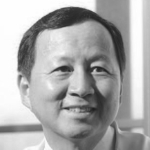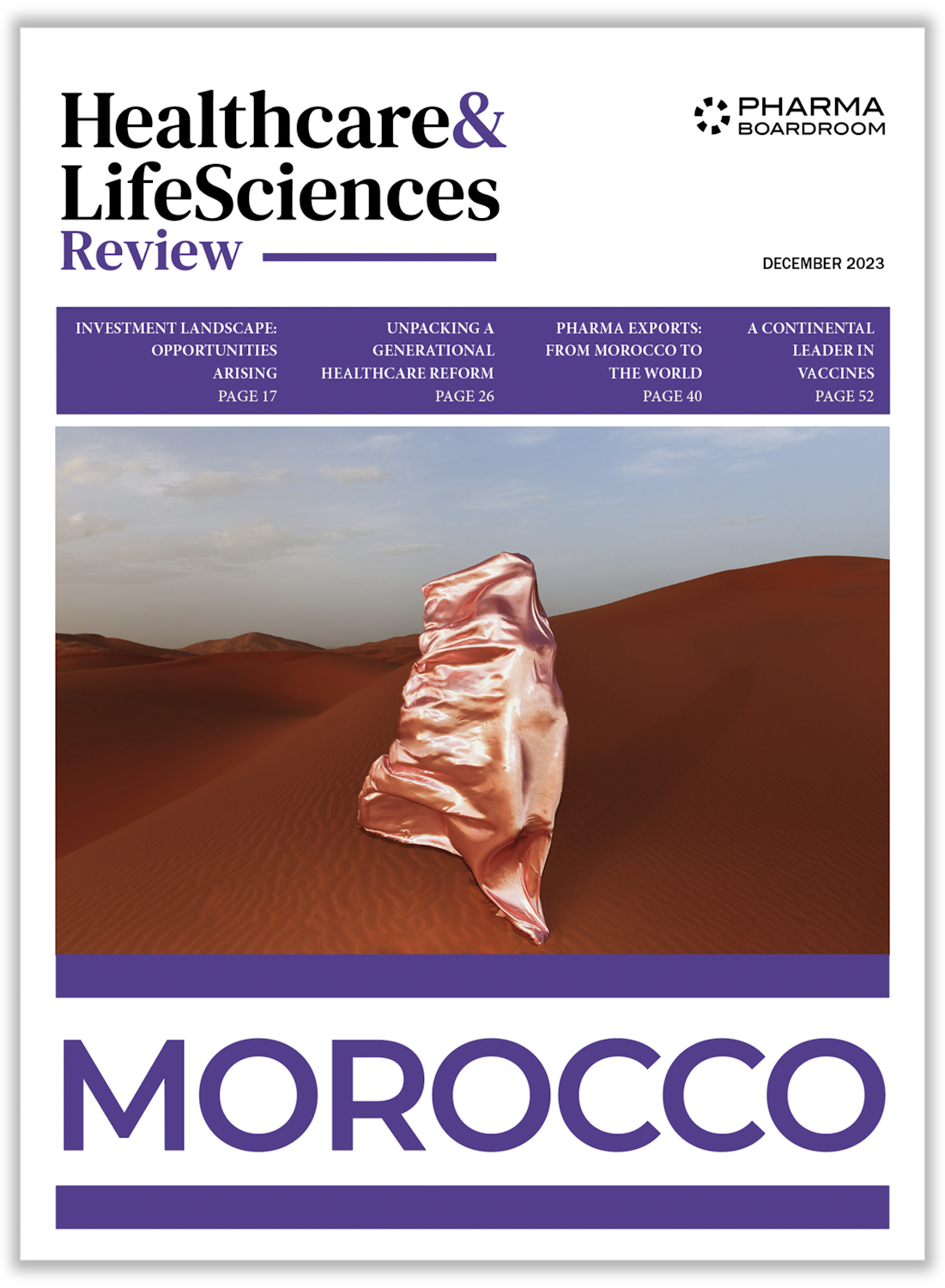Tse Wen Chang, internationally recognized as one of the greatest contributors to the biotech field, and founder, CEO, and president of Immunwork, provides insights into the company’s ground-breaking T-E™ pharmaceuticals, which combine both targeting (T) and effector (E) moieties to form a new class of innovative drugs displaying significantly enhanced efficacy and safety profiles.
As one of the most reputed scientists in the immunology and antibody fields, could you introduce yourself and tell us some of your main achievements on both the business and scientific side?
After graduating from National Tsing Hua University in Taiwan, I did my PhD at Harvard University and postdoctoral work at the MIT. In 1980, I joined the newly formed Immunobiology Division of Ortho Pharmaceutical – a subsidiary of Johnson & Johnson, where I worked for about two years on the biological effects of OKT3 monoclonal antibody, which later became the first ever antibody to be approved by the US FDA. In 1981, I joined Centocor, another pioneer in the development of monoclonal antibody biologic drugs, where I stayed for five years, first as director of Immunology Research and then as vice president of research as from 1984. After a few years trying to develop an anti-endotoxin monoclonal antibody for gram-negative sepsis and an anti-tumor associated antigen antibody for colorectal cancer, Centocor moved on to developing great diagnostic products (CA125 and CA19-9 tumor marker assays and a chimeric monoclonal antibody biologic drug targeting tumor necrosis and used to treat autoimmune diseases).
In 1986, I was appointed full professor in the Department of Molecular Virology at the Baylor College of Medicine in Houston. The same year, I founded the company Tanox with Dr. Nancy T. Chang and served as its vice president of R&D from 1986 to 1996, and as director of the board until Genentech acquired Tanox in 2007.
At Tanox, one of my main contributions has been to develop anti-IgE therapies, which eventually led to the commercialization of Xolair (Omalizumab), a treatment for moderate-to-severe allergic asthma that was approved by the U.S. FDA in 2003. Since 2014, Xolair was moreover approved in the EU, the U.S. and many other countries for treating patients with severe chronic spontaneous urticaria (CSU), while this product’s efficacy is still being tested in many other indications.
In 1996, after a 3-year long lawsuit between Tanox and Genentech was eventually settled, Tanox’s tripartite partnership with Novartis and Genentech was set up and I returned to my alma mater, National Tsing Hua University, as Dean of the College of Life Sciences. Four years later, the Taiwanese government appointed me as president of the Development Center for Biotechnology (DCB), where I supervised the set up of Taiwan’s first biopharmaceutical plant, and as a Science and Technology Advisor of the Executive Yuan from 2002 to 2006. I then moved to the Genomics Research Center in Academic Sinica where my team invented two new lead biologics, an anti-CemX antibody (FB825) and a new form of the anti-IgE antibody (UB221), which were respectively licensed to Fountain Biopharma and United BioPharma in Taiwan for clinical development.
Toward the end of my tenure at Academia Sinica, I conceived the concept of the T-E drug design platform, before setting up Immunwork in 2014 to fully leverage the potential of this unique technology.
What has been the strategic thinking framing the design of this technology platform and the concept of “T-E™ pharmaceuticals” in general?
[Featured_in]
Most oncology drugs currently available unfortunately display low response rates (usually below 50 percent) and severe side effects. The thinking behind Immunwork’s technology platform is then to increase the efficacy of these drugs and lower their side effects, enabling the design of a class of new drugs, which we term “T-E™ pharmaceuticals”.
These new drug molecules contain both targeting (T) and effector (E) moieties, which are expected to achieve increased efficacy and safety while broadening the scope of applications of these products. As demonstrated by the product candidates that have already been designed and prepared, our technology can be used to prepare ADCs, bispecific and multi-specific antibodies, and various products in versatile configurations, which have improved product homogeneity, drug payloads, target-binding valency, and consistency in the manufacturing process.
How many “T-E™ pharmaceuticals” have you already designed thanks to this technology platform?
We have already designed more than 20 new products, mostly in oncology, auto-immune diseases, infectious diseases and also CNS diseases. Building strategic partnerships with major pharmaceutical companies will be critical to bring these products onto the global market, as we do not hold the financial means to move forward the development of such a substantial number of new drugs by ourselves. In this regard, we already started to discuss potential partnerships with some of the most advanced biopharmaceutical companies in the world, which were attracted by the potentially increased efficacy and safety profiles of our T-E™ pharmaceuticals. Although these negotiations will probably take several months or years to be concluded, these leading companies’ interest in our technology – after less than three years in activity – is extremely promising.
Beside this partnership strategy, we however consider engaging preclinical and early-phase clinical trials of two products in the coming years. In this regard, drug prototypes in our TE-6100 series (anti-fibrin scFv + reteplase for the treatment of clots in ischemic strokes, heart attacks, or in other cardiovascular conditions) and TE-6200 series (anti-fibrin scFv + argatroban bundle for the prevention of clot formation in patients with cardiovascular complications) are probably the first products that our company will consider bringing to an early phase clinical trials before we seek alliance with a large pharmaceutical company.
As you know, the administration of a large dose of tissue plasminogen activators (TPA) dramatically increase the risk of internal bleeding complications, leading doctors to underprescribe TPA in case of ischemic strokes, heart attacks, or in other cardiovascular conditions. Nevertheless, without the right dose of TPA, patients’ clots cannot be dissolved. By leveraging our technology, we expect the aforementioned T-E™ drugs to exclusively target clots and lower the risks of internal bleeding – hence displaying a better E/S profile than all existing treatments.
[related_story]
After past experiences in the US, this is the first biotech company you have founded in Taiwan. What have been some of the main challenges that you have encountered since the creation of the company?
Overall, I think the government should concentrate its efforts on solving remaining legal and regulatory hurdles that still slow down the drug development process in Taiwan. For example, regulatory constraints to receive IND approval and start phase I clinical trials should be updated, in order to allow emerging companies to more swiftly move from the discovery phase to the clinical development stage of their innovative products.
Upgrading our IND and early-stage development regulatory framework would then allow Taiwan to be among the first countries in the world to start first-in-humans trials and the development of other breakthrough therapies – and this would add a lot of value to Taiwanese R&D-driven companies.
If the T-E™ platform actually delivers on its promises, Immunwork definitely holds a bright future. What do you identify as the key success factors to ensure you can fully leverage the great technology asset that you have developed?
First, we need to build a really solid and clear patent protection around our products and technology platform. Patent review is however a lengthy process, so we will need to be patient. Nevertheless, from the initial reports we have already received from international patent agencies, we are particularly confident our technology displays strong enough differentiators vis-à-vis existing platforms, which should provide us with the protection we need to nurture the long-term growth of our company.
Second, we need to continuously demonstrate that our technology is feasible, meaning that our T-E™ products can be easily and efficiently manufactured at a reasonable cost. Leveraging my past experiences in drug development, we have included this crucial aspect in the early design of our technology, while also inviting various industry experts from different parts of the biotech value chain to review our processes. We however do not take anything for granted and will further continue to work on improving the efficiency profile of our T-E™ pharmaceuticals, as our products moves further along their development pathway.
Overall, we estimate that some of our most advanced T-E™ pharmaceuticals could start clinical trials by 2019 – less than five years after I initially set up the company.
How would you describe the R&D focus of Immunwork?
Based on our partnership strategy, another critical success factor for our company will be to ensure our R&D focus is aligned with the expectations of leading pharmaceutical companies. At the moment, our main focus is on oncology, as the industry has been shifting huge resources and efforts to the development of immuno-oncology therapies.
We however remain particularly open regarding the potential applications of our technology platform and are ready to follow the needs and requests of potential partners. In the CNS field for example, we have already identified that our technology could tremendously enhance the E/S profiles of drugs targeting the blood brain barrier, for example for multiple sclerosis.
We also increasingly plan to leverage our T-E™ technology to revive some drugs that had failed in late-stage development. We notably plan to revive drugs targeting endotoxins, one of the main triggers of sepsis [a life-threatening condition that arises when the body’s response to infection injures its own tissues and organs, e.d.]. In the same vein, we would like to revive failed Alzheimer’s drugs targeting the production of toxic beta amyloid and use the T-E™ mechanism to bolster these drugs’ capacity to work near the blood brain barrier.
You have already achieved a lot in both science and business, how do you want your contribution to the biotech sector to be seen?
I feel very emotionally gratified to be recognized as the inventor of anti-IgE therapeutics and to know that Xolair has helped hundreds of thousands of severe patients with allergic asthma and chronic spontaneous urticaria. Nevertheless, my main objective at the moment is to develop new T-E™ pharmaceuticals and apply this technology to an increasing number of therapeutic areas and diseases. The T-E™ concept is not limited to any specific therapeutic area and we can envision a great variety of applications. More than a drug or a technology platform, I see T-E™ pharmaceuticals as a class of new pharmaceutical products, and I will concentrate my efforts on ensuring I can turn this promising vision into reality.







